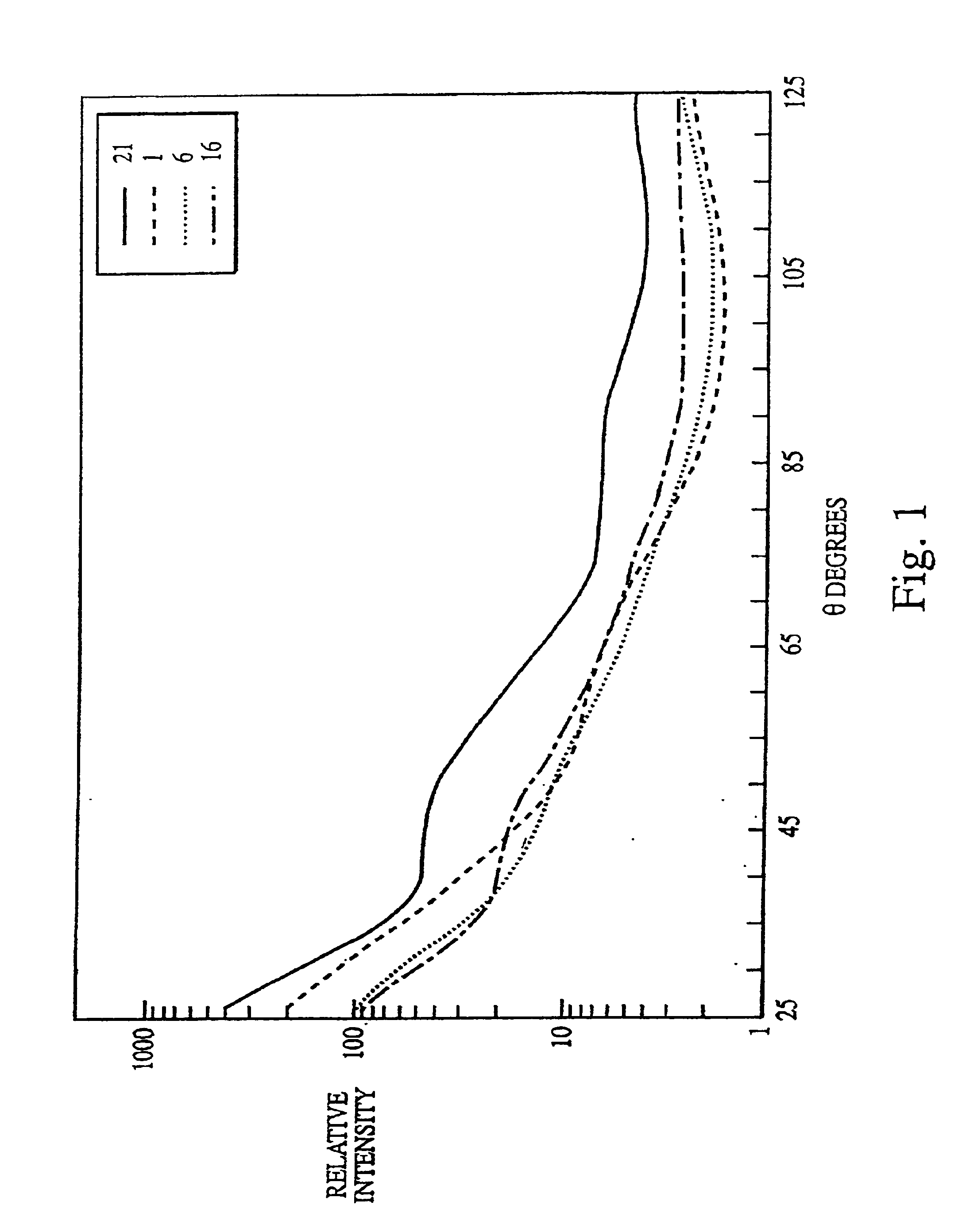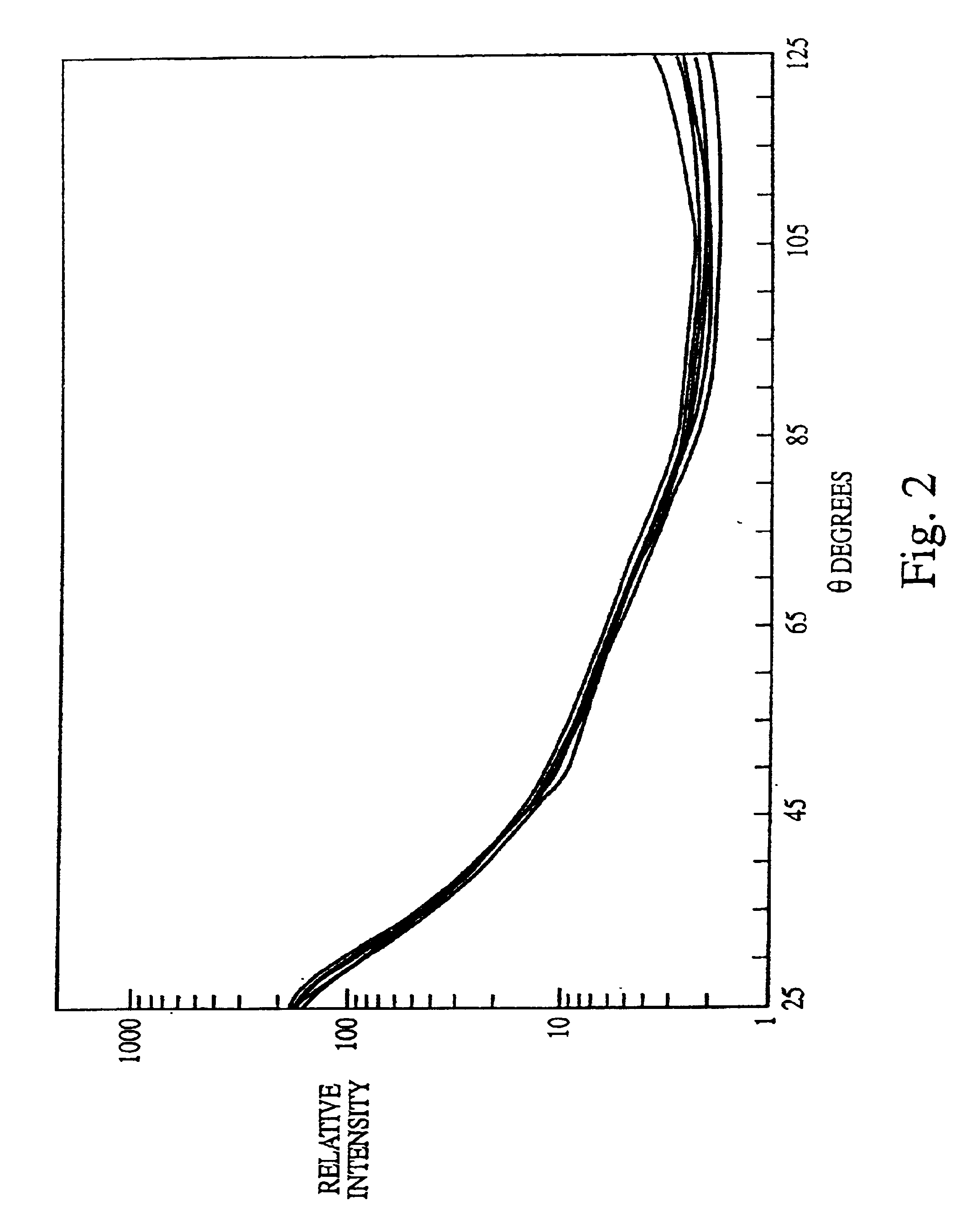Methods, compositions and kits for biological indicator of sterilization
a technology of biological indicators and sterilization, applied in the direction of microorganism testing/measurement, biochemistry apparatus and processes, etc., can solve the problems of time delay in obtaining the results of sterility test, insufficient sterilization process to destroy all of the microorganisms, and many health care facilities with limited resources
- Summary
- Abstract
- Description
- Claims
- Application Information
AI Technical Summary
Problems solved by technology
Method used
Image
Examples
example 1
[0131]Determining the efficacy of sterilization using a biological indicator (BI):
[0132]The experiments presented in this example are summarized as follows. The data presented herein disclose a novel biological indicator (BI) system for monitoring the efficacy of “hot” or “cold” (i.e., non-heat, e.g., chemical, radiation) sterilization. The BI system consists of a known quantity of purified and standardized Bacillus subtilis spores that were dried onto a glass slide, which were then placed into a container (i.e., a glass petri dish for steam treatment and plastic petri dish for cold sterilization), and subjected to a sterilization treatment. The viability of the spores was then rapidly determined using a multiangle light scattering (MALS) device (DAWN Model B, or a Model F, Photometer, Wyatt Technology Corp., Santa Barbara, Calif.) that monitored the spore response to the sterilization treatment. The spores were examined using MALS as follows.
[0133]The sterilized (treated) and the c...
example 2
[0211]The experiments presented in this example are summarized as follows.
[0212]The data disclosed herein clearly demonstrate that multiangle light scattering (MALS) can be used to monitor the efficacy of steam sterilization or ozone disinfection / killing and that the MALS measurements can be made on samples directly after treatment obviating the need for an incubation period before the efficacy of the treatment can be determined. The DAWN-F was the photometer used in the experiments described herein. The MALS data disclosed herein were supported by direct counts made by staining with acridine orange (AODC) and by survival as measured by colony forming units (CFUs) on trypticase soy agar media.
[0213]In addition, broth cultures incubated for up to 7 days consistently demonstrated that there was growth in the incompletely sterilized samples and also demonstrated the absence of growth when sterilization was complete. These data were also supported by the 3M Attest™ (Test Kit 1296™) when...
PUM
| Property | Measurement | Unit |
|---|---|---|
| time | aaaaa | aaaaa |
| time | aaaaa | aaaaa |
| time | aaaaa | aaaaa |
Abstract
Description
Claims
Application Information
 Login to View More
Login to View More - R&D
- Intellectual Property
- Life Sciences
- Materials
- Tech Scout
- Unparalleled Data Quality
- Higher Quality Content
- 60% Fewer Hallucinations
Browse by: Latest US Patents, China's latest patents, Technical Efficacy Thesaurus, Application Domain, Technology Topic, Popular Technical Reports.
© 2025 PatSnap. All rights reserved.Legal|Privacy policy|Modern Slavery Act Transparency Statement|Sitemap|About US| Contact US: help@patsnap.com



